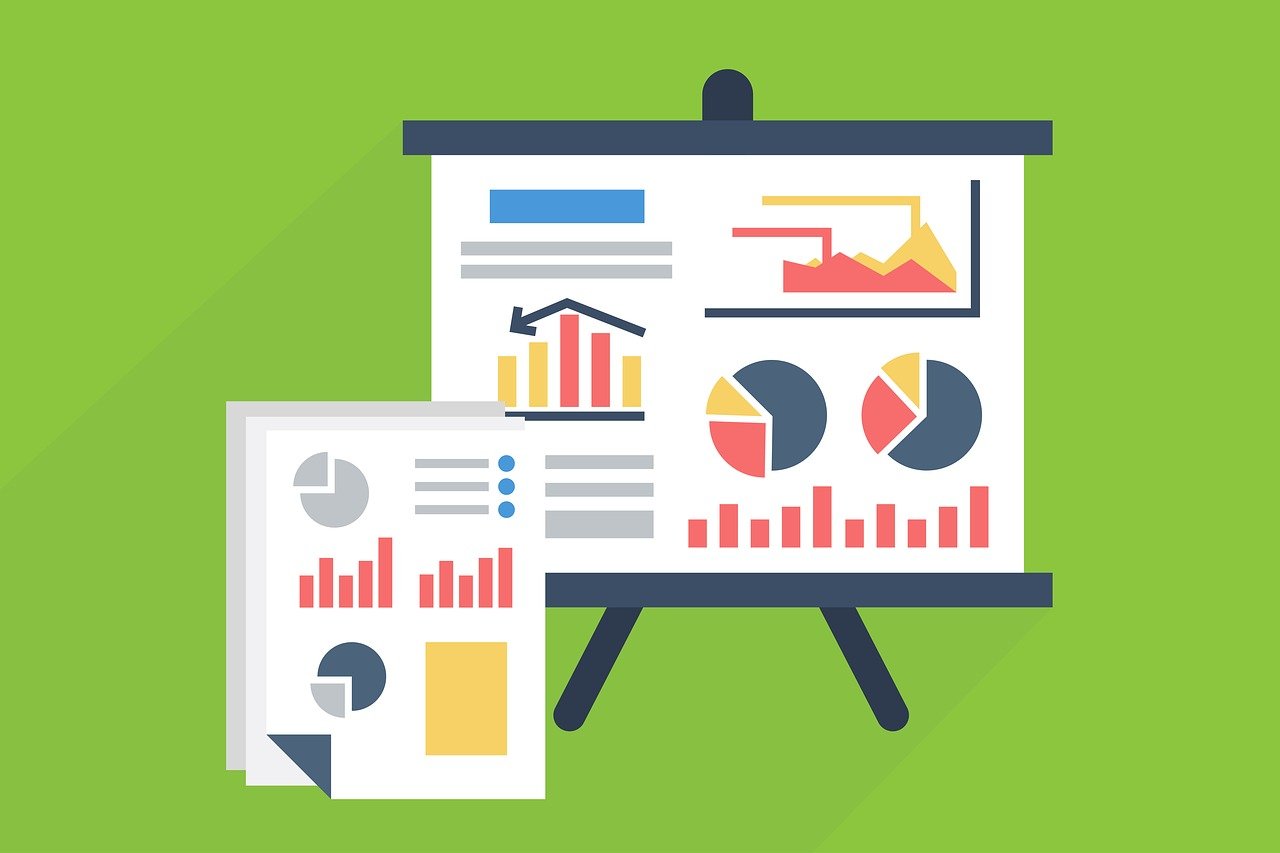The basics of manual CPC bidding set the foundation for Google Ads optimization. But advanced bidding options like ECPC, target ROI and Conversion Optimizer take PPC results to the next level when tested for effectiveness. Savvy PPC advertisers are constantly testing out new smart bidding capabilities as Google rolls them out.
Implementing advanced bid strategies based on data analytics not only saves time, but often improves performance by letting algorithms optimize for conversions. In this post, we’ll break down some of the most powerful bidding techniques and how to properly test them.
Enhanced Cost-Per-Click Bidding
Enhanced CPC or ECPC is a “semi-automated” bid strategy that dynamically adjusts manual bids to either increase conversion potential or decrease costs. Essentially, Google will raise bids slightly for clicks with high conversion probability. It will lower bids for clicks less likely to drive desired actions.
Overall, ECPC increases conversion rates for around 15-25% of impressions while reducing costs by avoiding poorly performing clicks. The key to testing is applying conversion data from analytics so Google’s machine learning can determine high vs low value clicks. Implementation takes just a few clicks, making ECPC one of the simplest “smart strategies” to try out.
Set up an identical or closely matched campaign with one using standard Manual CPC and the other with ECPC enabled. Make sure conversion tracking is implemented properly so models work accurately. Analyze performance after 2-3 weeks, assessing metrics like cost per conversion, ROAS and conversion rate lift. Proper testing reveals just how powerful letting Google tweak bids can optimize performance.
Target Return on Ad Spend Bidding
More advanced advertisers can also test out Target ROAS bidding aimed to help hit specific return on budget benchmarks. Simply input your desired ROAS goal at the campaign level. Google then uses your analytics data to adjust bids so predicted returns hit the set target.
For example, you may know based on metrics like margins that your business aims for 600% yearly ROAS to maintain profitability. At the campaign level, set a 600% yearly ROAS target and Conversion Optimizer takes over to hit the goal.
Continually test throughout the year and adjust both targets and advanced bid strategies as the tests dictate.
Conversion Optimizer Bidding
Arguably the most advanced of Google’s bidding strategies, Conversion Optimizer leverages complex machine learning modeling to optimize for conversions across campaigns. Advertisers simply specify the goal they want to optimize for whether it be phone calls, lead form submissions, purchases or another desired action.
From there, Google Ads algorithms adjust bids for each and every click to help maximize conversion rates rather than focusing solely on cost efficiency. Testing reveals that for many advertisers this does end up delivering significantly higher volumes of conversions, revenue and profit even if costs are higher.
The key is correctly tracking goals through analytics and keeping a close eye on performance vs. a control campaign to assess true ROI impact. Allow tests to run for at least 3 full weeks before evaluating outcomes like conversion lift percentage, decrease in cost-per-conversion and differences in ROAS. As with any new capability, continual testing is required to determine actual performance over the long-term.
Moving to smart bidding does necessitate giving up some control and relying on Google’s machine learning expertise. But used strategically, advanced bidding techniques take PPC campaign optimization and performance to the next level without requiring excessive manual management. What matters most is testing properly to determine true ROI impact for your business. Don’t be afraid to experiment with the new capabilities Google Ads offers up.

